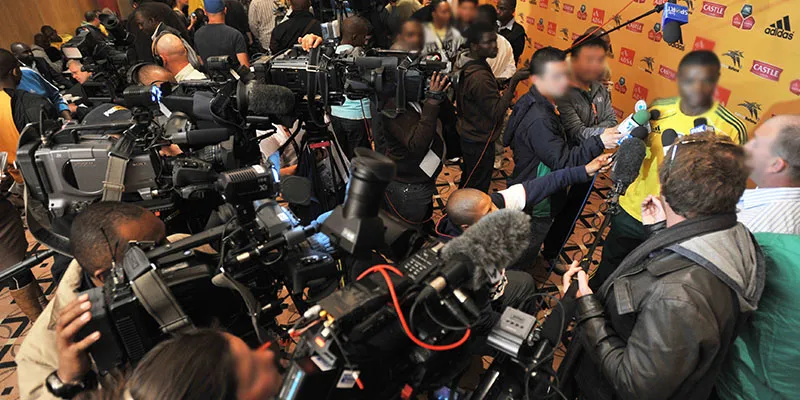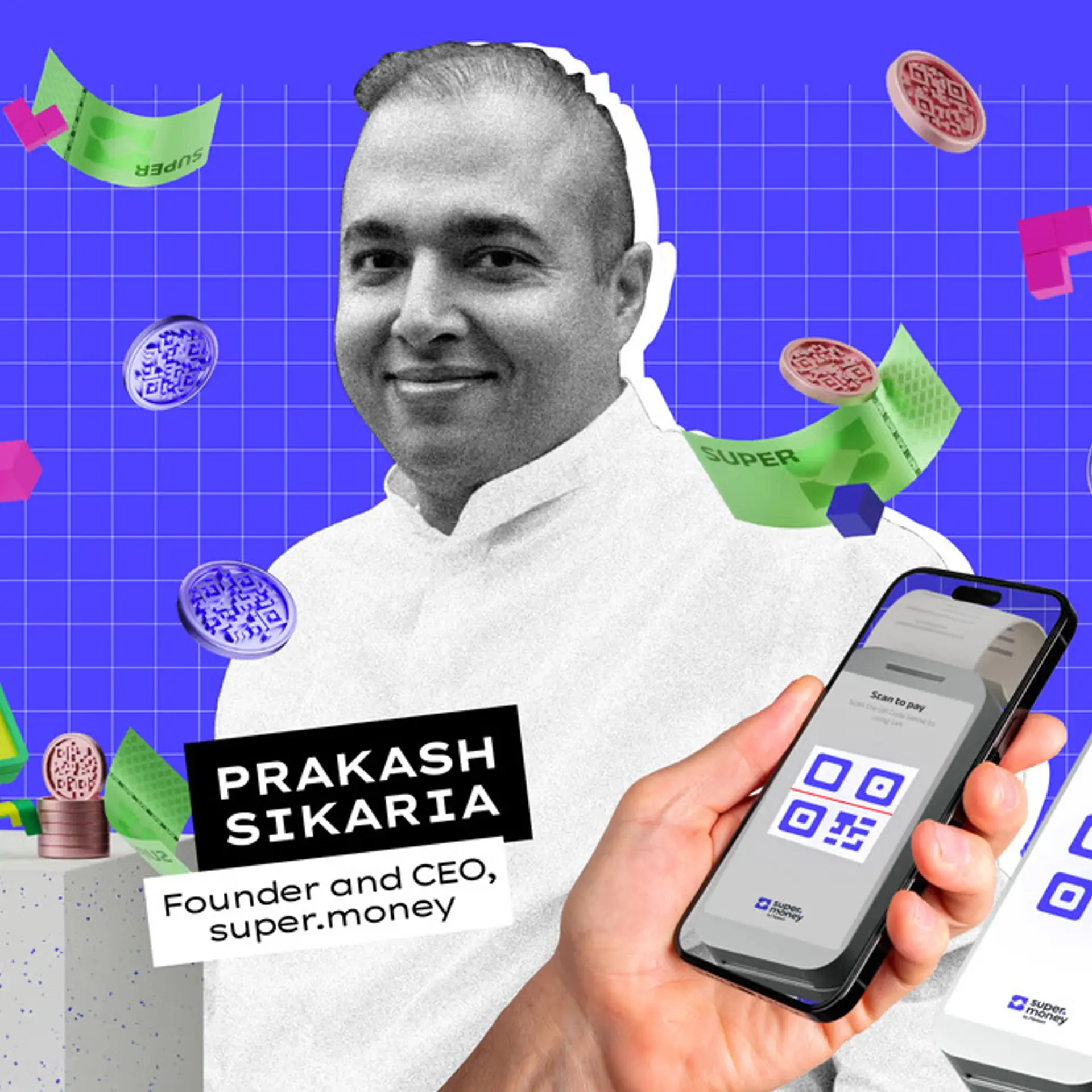How to Get Media Coverage for Your Startup: An Interview with Jon Swartz from USA Today

Getting exposure and media coverage plays a vital role in the success of any startup, but its often easier said than done. With so many companies fighting for their chance in the limelight, it can be difficult to get the exposure your company deserves, but it isn't impossible.
In a recent interview from South By South West in Austin, Texas, Murray Newlands of YourStory talks with USA Today reporter Jon Swartz about reporting on the startup community, what it takes to get media coverage, and how startups can improve their chances of getting quality exposure from reputable outlets.
To find out more, watch the full interview below:
These are the key takeaways from the video:
- Jon's first piece of advice for small startups who are looking to get media coverage is to avoid large conferences like SXSW and to focus their energy on more niche-based conventions and trade shows. He says that the sheer size of a conference like SXSW or CES diminishes the chances of getting quality coverage and that it's much more advantageous for companies to try and tailor their efforts to shows in their niche. Essentially, a startup at a conference like SXSW is a little fish in a huge pond, making it harder for reporters to find them and give them the coverage their looking for.
- Jon says that a publication like USA Today gives 80 to 90 percent of it's trade show coverage to a handful of companies, but that they are starting to open up some opportunities for startups to be in the limelight. He says that the best way to get that attention from a large publication is to prove that your startup is the next big thing and offers a unique product or service.
- For connecting with reporters, Jon advises startups to use online networks. He says that he is one of the few reporters that actually answers his phone and that most reporters will utilize tools like Facebook and Twitter these days to get the scoop on up and coming companies. For startups trying to get their company in front of the media, Jon says that doing virtual interviews and pitches are preferred because they are more efficient and enable reporters to turn out more stories in a shorter amount of time.
If you have any questions after watching the video, please leave them in the comments below!







